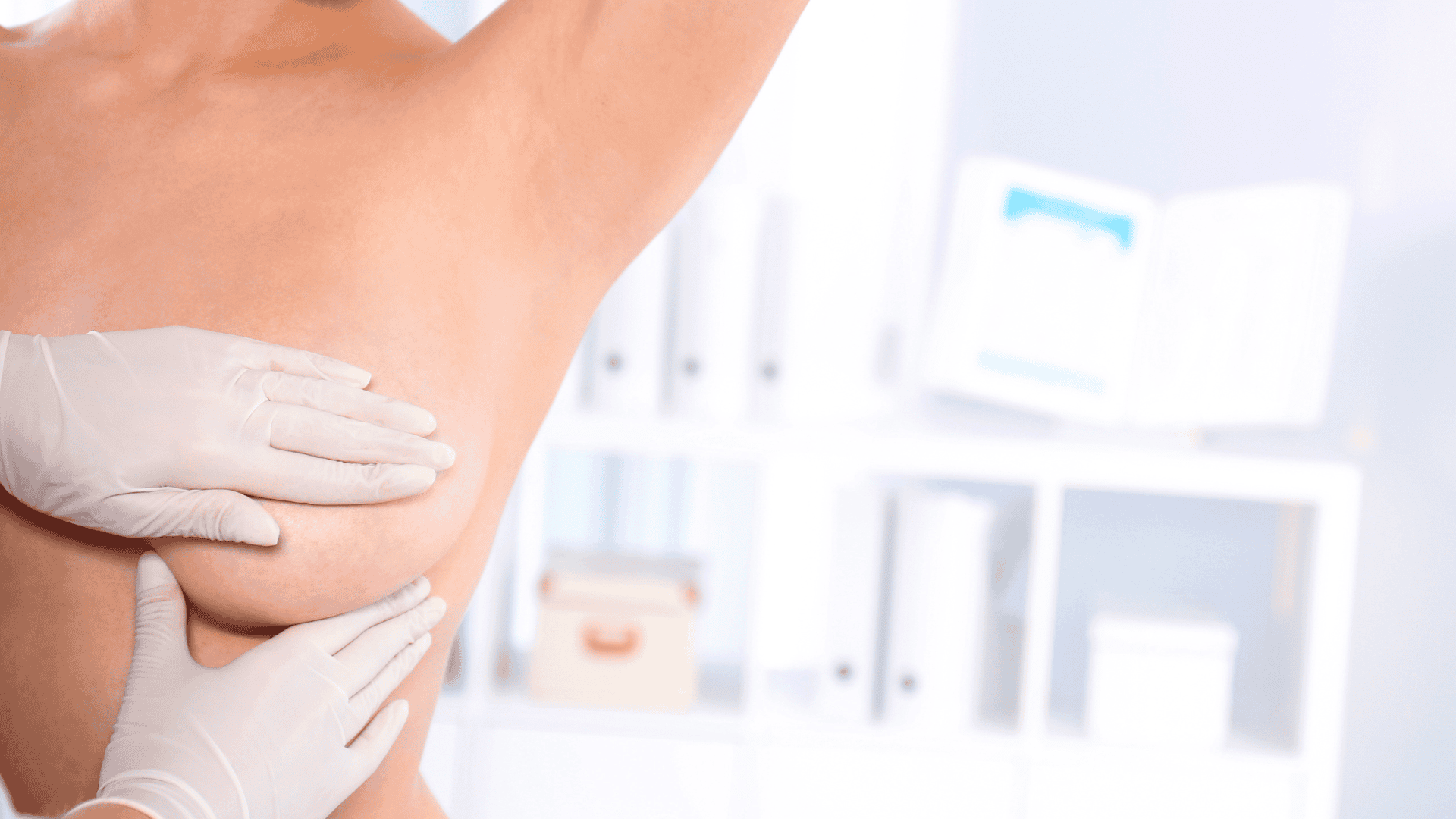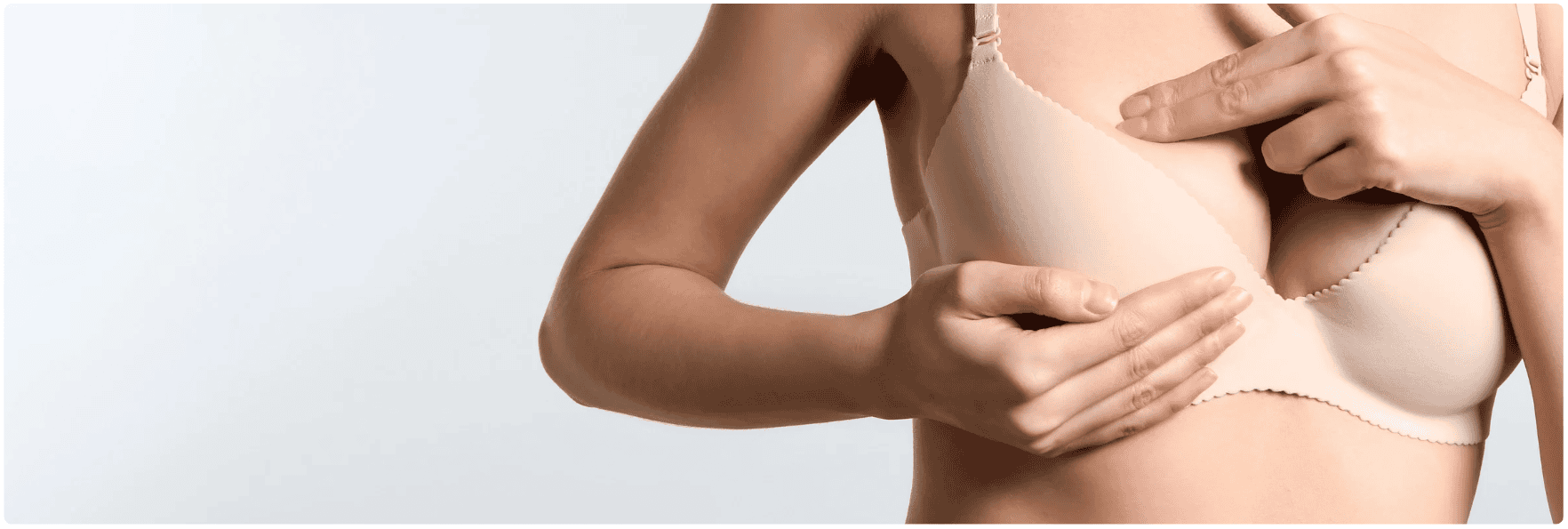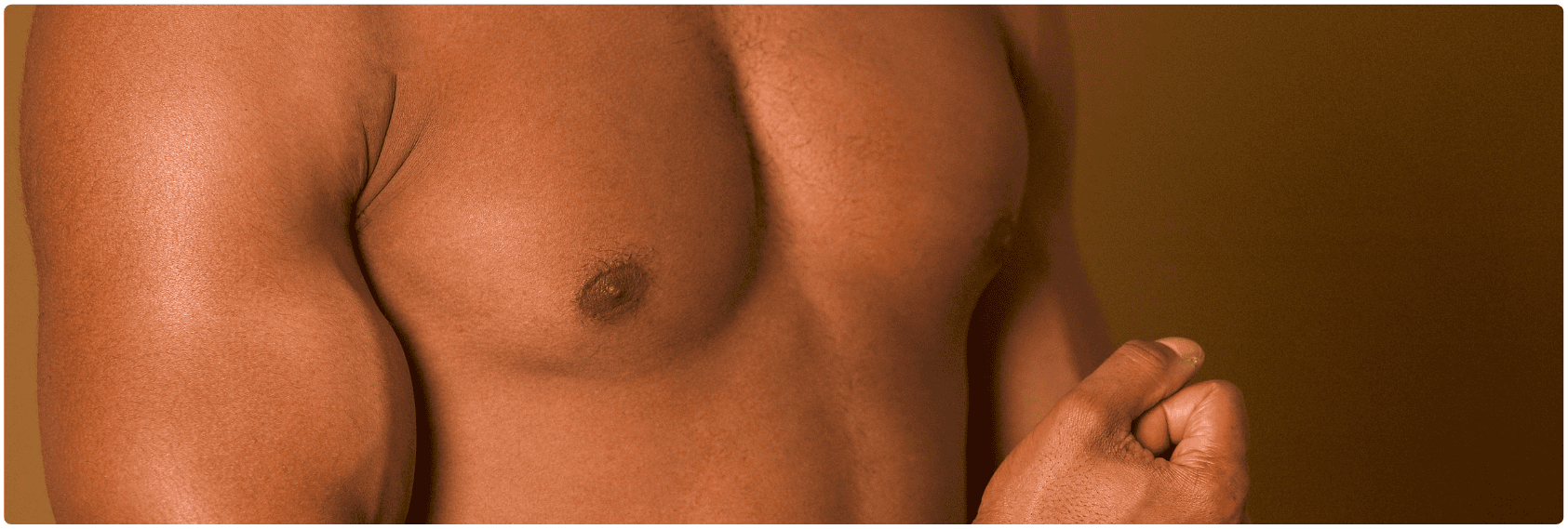
Inverted nipple: Causes, symptoms, and treatment
- What is inverted nipple?
- Causes of inverted nipple
- Classification of inverted nipples
- Diagnostic evaluation
- Differential diagnosis
- Surgical techniques for correction
- Postoperative care and outcomes
- Inverted nipples and cosmetic procedures
- Symptoms of inverted nipple
- Treatment options for inverted nipple
Inverted nipple, also known as nipple inversion or retracted nipple, is a common condition where the nipple is pulled inward into the breast instead of pointing outward. In this article, we'll explore the causes, symptoms, and treatment options for inverted nipple.
What is inverted nipple?
Inverted nipple occurs when the nipple is pulled inward instead of protruding outward from the breast. It can affect one or both nipples and may be present from birth or develop later in life. Inverted nipple can range in severity from mild to severe, and it may be temporary or permanent.
Causes of inverted nipple
Inverted nipple can be caused by various factors, including:
- Shortened milk ducts: Shortened or constricted milk ducts can pull the nipple inward, leading to inversion.
- Changes in breast tissue: Conditions such as fibrosis or scarring of the breast tissue can cause the nipple to retract inward.
- Breastfeeding: Inverted nipple can sometimes develop during breastfeeding due to irritation or inflammation of the nipples.

Classification of inverted nipples
Inverted nipples are commonly classified into three grades based on severity:
- Grade 1 (mild): Nipple can be manually or spontaneously everted and generally maintains shape without intervention. Breastfeeding is typically unaffected.
- Grade 2 (moderate): Nipple can be pulled out, but may retract quickly. There may be some fibrosis or shortened ducts involved. Breastfeeding can be difficult.
- Grade 3 (severe): Nipple remains retracted and cannot be manually everted. This grade is usually associated with significant tethering and fibrosis. Surgical intervention is often required.
Classification helps guide the treatment approach and assess functional impact.
Diagnostic evaluation
A proper medical evaluation is essential to determine the cause of nipple inversion and to rule out serious conditions. Evaluation may include:
- Clinical breast examination: To assess symmetry, degree of inversion, and any accompanying mass or discharge.
- Imaging (e.g., ultrasound or mammography): Especially important if the inversion is newly developed or occurs on one side only, which may indicate underlying pathology such as a tumor or inflammation.
- Medical history review: Including onset, breastfeeding history, trauma, or signs of infection.
New-onset nipple inversion in adults should always be investigated to exclude malignancy.
Differential diagnosis
Inverted nipple should be distinguished from other conditions that affect nipple appearance, such as:
- Flat nipple: A nipple that does not protrude but is not drawn inward.
- Eczema or dermatitis: May cause texture changes but not inversion.
- Paget’s disease of the nipple: A rare form of breast cancer that can mimic symptoms of nipple retraction or skin changes.
Accurate diagnosis is important to determine appropriate management.
Surgical techniques for correction
For persistent or severe cases, surgical correction may be indicated. Common techniques include:
- Milk duct-sparing surgery: Designed for patients who wish to preserve breastfeeding ability; ducts are preserved while fibrotic bands are released.
- Milk duct-severing procedure: Involves cutting the milk ducts to allow full eversion of the nipple; typically for patients who do not intend to breastfeed.
- Dermal graft or suture suspension: Used to provide structural support and prevent re-inversion over time.
Surgical decisions depend on patient goals, severity of inversion, and the presence of underlying pathology.
Postoperative care and outcomes
After surgical correction, patients can expect:
- Minimal downtime: Most procedures are outpatient with local anesthesia.
- Use of nipple shields or dressings: To maintain eversion during initial healing.
- Monitoring for recurrence: In some cases, the nipple may retract again, especially without proper structural support or in cases with severe fibrosis.
Most patients experience improved nipple projection and resolution of functional concerns after surgery.

Inverted nipples and cosmetic procedures
Inverted nipple correction is sometimes performed alongside other breast procedures, such as:
- Breast augmentation
- Breast lift (mastopexy)
- Breast reduction
Combining procedures can optimize aesthetic outcomes while reducing total recovery time. Patients should discuss combination options with their plastic surgeon if applicable.
Symptoms of inverted nipple
The primary symptom of inverted nipple is the retraction of the nipple into the breast. Other symptoms may include:
- Difficulty breastfeeding or expressing milk
- Changes in nipple appearance or texture
- Discomfort or pain in the nipple area
Treatment options for inverted nipple
Treatment for inverted nipple depends on the severity of the condition and the underlying cause. In mild cases, no treatment may be necessary, especially if the inverted nipple does not cause any discomfort or affect breastfeeding. However, if inverted nipple causes cosmetic concerns or difficulty breastfeeding, treatment options may include:
- Nipple stimulation: Techniques such as nipple rolling or using a breast pump may help to temporarily evert the nipple.
- Surgical correction: In severe cases of inverted nipple, surgical correction may be recommended to release the constricted milk ducts and reshape the nipple.
Inverted nipple is a common condition where the nipple is pulled inward into the breast instead of protruding outward. While inverted nipple may not always require treatment, it can cause cosmetic concerns or difficulty breastfeeding for some individuals. If you're experiencing symptoms of inverted nipple or have concerns about your nipple appearance, it's essential to consult with a healthcare professional for an evaluation and personalized treatment plan. With the right approach, inverted nipple can be effectively managed, improving both appearance and function for affected individuals.


